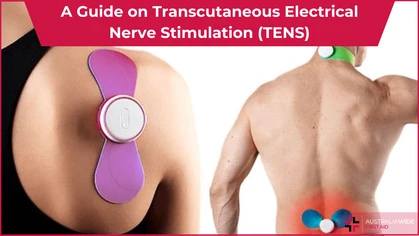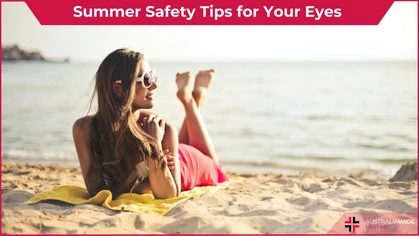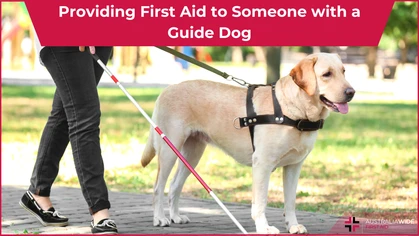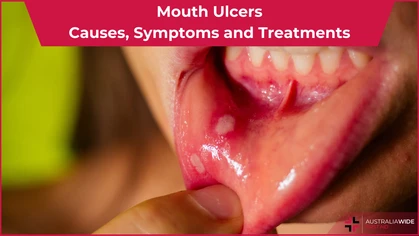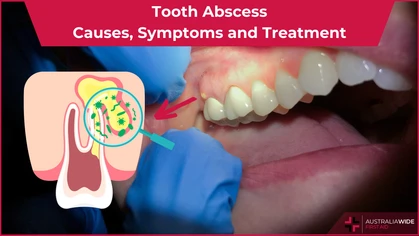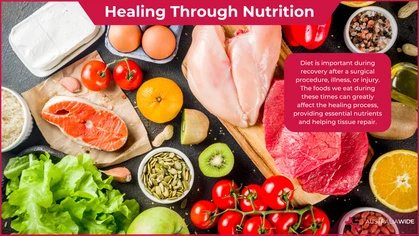A Guide To Enjoy The Australian Outdoors

General Health-Related

Australian culture is geared around the Great Outdoors, as we are typically blessed with a temperate, dry climate, and we are home to a gorgeous array of native flora and fauna. However, the wild is full of potential dangers. It is important to stay safe.
This article will aim to provide a guideline for safely being outdoors and other considerations according to the Australian Adventure Activity Standards (AAAS).What is the Australian Adventure Activity Standard?
Together with the Good Practice Guides (GPGs), the Australian Adventure Activity Standard (AAAS) is a voluntary good-practice framework that is designed to preserve the safety of participants, providers, and the environment in relation to adventure activities. It sets the minimum standard guidelines for businesses, schools, and other private and public organisations to safely plan and deliver recreation activities for dependent participants. While the AAAS outlines the key requirements for preparing and delivering adventure activities, the Core GPG outlines recommended practices that are common to all adventure activities. Activity Specific GPGs, meanwhile, provide detailed information on risk management and good practice for specific adventure activities. According to the Core GPG, the following components should be considered when planning an adventure activity:- Risk Management: What are the risks that are involved and how will the risks/ dangers be managed or mitigated?
- Planning: What is the purpose of the activity, what needs to happen before it occurs and what is the emergency management plan?
- Participants: Who will be involved in the activity?
- Environment: Where will the activity take place?
- Equipment and logistics: What logistical arrangements and/or equipment are needed to undertake the activity?
- Leadership: Who will lead the activity and what competencies are required?
How To Stay Safe
Per the AAAS, many states and territories have worked together to institute safety guidelines in order to get the best experience while enjoying Australia's beautiful scenery and country.Preparing Before Your Trip
It is important to have a checklist of things that you may want to have in terms of safety and all-around preparedness. A crucial part of being safe and caring for yourself is paying attention to diet and exercise, which will always be to your benefit. Even though getting outside attributes to a healthy lifestyle, doing what you can to stay healthy in any situation can only help.Bring a Medical/ First Aid Kit
The more prepared that an individual is, the better prepared they are for potentially unforeseen circumstances. Here's what you may need in a first aid kit:- Roller Gauze x2
- Butterfly Bandages 15 CT.
- Band-aids 15 CT.
- Triangle bandages x4
- Antibiotic ointment
- Burn gel
- Bee Sting Kit
Learn First Aid Skills
It is important to understand the ABCs of first aid. It is often referred to in its acronym form for ease of memorisation. If a patient is unresponsive, use DRSABCD.Have an Emergency Kit
An emergency kit should be a key part of what's in your pack, whether it's one you put together yourself or comes as a premade kit. This kit would include; a battery-powered radio, maps, compass, flashlights, whistle for SOS signal, and food that is easy to carry. It also important to have extra water that would be up to 2 litres a person a day.Pick a Safe Activity
The further importance of being aware of what's around you is also to find activities and outdoor excursions that everyone in your group can do and is comfortable with. Be aware of potential hazards in the environment such as falling dangers, fast-moving water, and potentially poisonous plants and poisonous snakes and animals. More information about how to identify and avoid or manage potential dangers while hiking can be found in our Resource Library. Weather and heat-related emergencies may also be potential dangers of the environment. But, these things can be avoided and prevented by being aware and prepared for them. Head to our Resource Library for more details on how to prevent, identify, and manage symptoms of heat-related illness.What are some tips for camping with kids?
When camping with kids, always keep an eye on them and be sure they know that they should be within visible range whenever out camping or during an outdoor activity. Educate your children about the potential dangers in the environment. The more information you are armed with is the best information you can pass on to your children. Here are some specific examples:- Wear shoes at all times: As a common rule to protect children's feet have them wear shoes that are meant for outdoor activities and provide some protection from any kind of dangers such as snakes or poisonous insects.
- Establish boundaries: Make a rule and establish where the child can go. A good rule of thumb is to have them stay within view of you.
- Stay together: When venturing out in unfamiliar areas of nature, it is up to the adult to keep the group together and have the utmost understanding and familiarity with the environment.
- Drink plenty of water: Having 30 ounces to 2 litres a person is a good amount of water for even children. It is also good to have healthy snacks for children.
- Stay on marked trails: Be sure to have an understanding of the landmarks that are unique to the environment you are in such as rivers, and anything that could identify directions and help children understand them as well.
- Make noise: Having activities like singing or engaging activities that let kids have fun while at the same time letting animals know that there are people around will automatically signal to them a place to avoid.
Why is almost everyone outdoors in Australia?
In the Australian bureau of statistics on average time spent on sport and outdoor activities done in 2006, the average person spent 74 minutes per day hiking and/or bushwalking and average of 54 minutes exercising outside and spending 127 minutes on holiday and traveling. Spending time outdoors overall will provide a sense of calmness compared to the regular fast pace of the average person's life. Australia has a unique beauty and landscape that is worth experiencing and appreciating. It is also beneficial to your physical health.Conclusion
Overall, looking at the AAAS and all guidelines needed for safety outdoors are good for the average outdoors person and some of these points mentioned in the article may seem obvious but, not all are aware of them. It is also important to look at these guidelines as strongly suggested voluntary recommendations. To develop even greater knowledge and skills for treating first aid emergencies on the hiking trail, book a first aid course near you.
Originally published at
https://www.australiawidefirstaid.com.au/resources/enjoy-the-australian-outdoors
as part of the Australia Wide First Aid Articles Library


